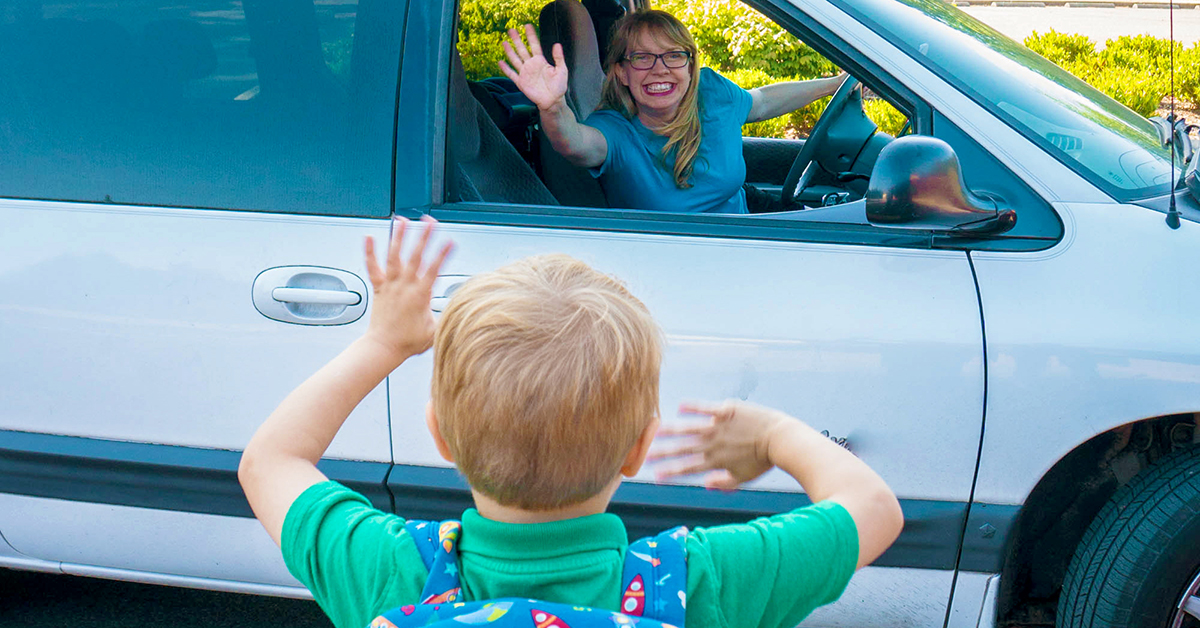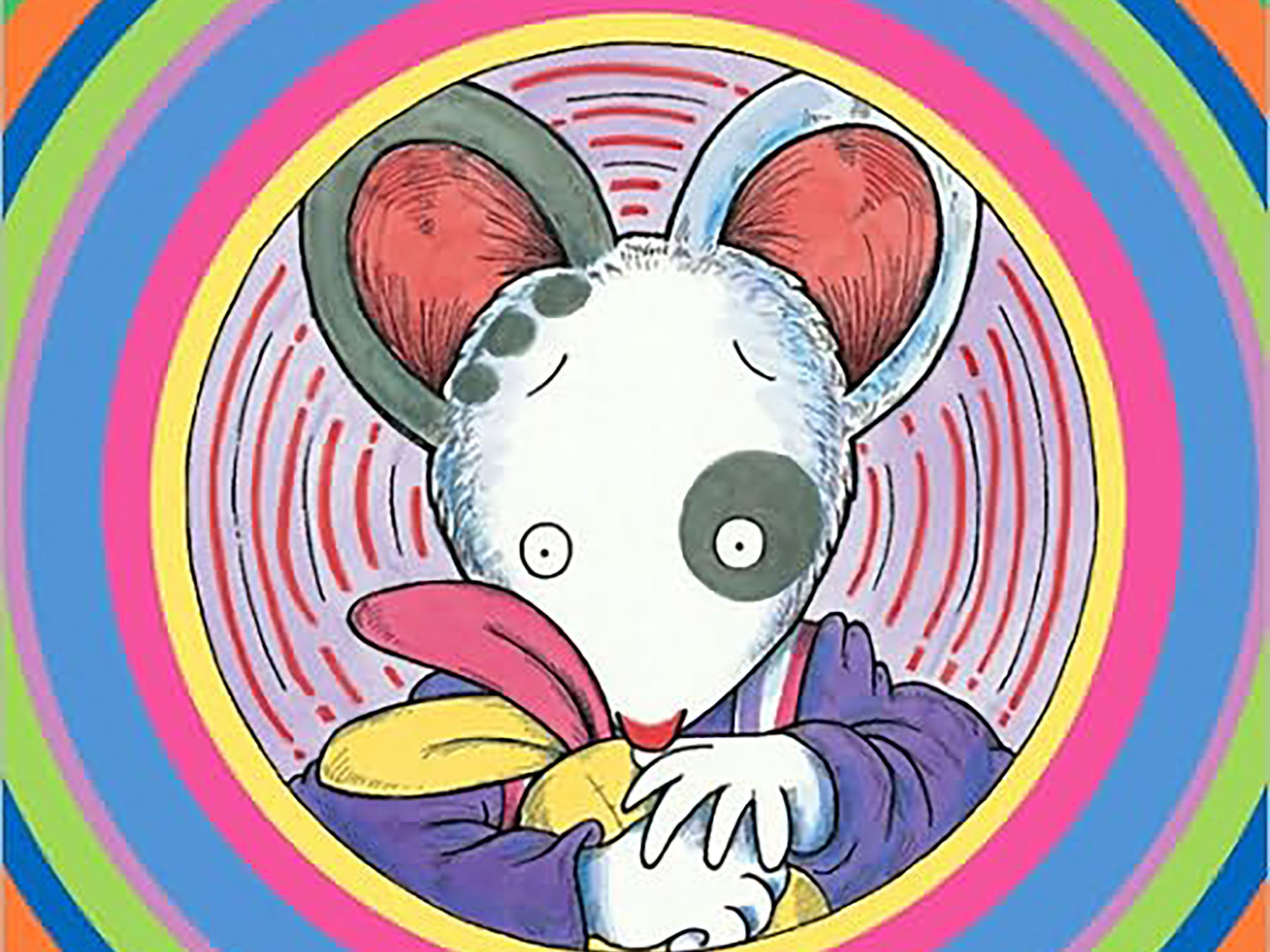
Kindergarten Transitions
If your child is making the transition from preschool to kindergarten, or from kindergarten to first grade, this article is for you! Kids are pretty smart about these transitions and sense the unpredictability of going to a new classroom (virtual or otherwise). They wonder about making new friends and getting used to a new teacher—will they be able to find the bathroom, where will they eat snack, how will they fit in?
Some children are very direct about expressing their fears, and others are not. If you have a child headed to or from kindergarten in the fall, there are some ways you can help ease the transition. But first, the FACE team wants to talk summer school! Did you know about our awesome programs??
Purposefully Playing Toward Kindergarten
Purposefully Playing Toward Kindergarten (PPTK) is a partnership between Grand Rapids Public Schools and Grand Rapids Children’s Museum designed for students entering GRPS Kindergarten in Fall 2021 to support Kindergarten readiness. PPTK builds key Kindergarten readiness skills in a play-based, developmentally appropriate manner both in the classroom and at home. To support at home learning, families will be provided with hands-on materials to be used in conjunction with weekly at home play-based learning tasks. In-person and virtual options are offered.
June 21 – July 22, 2021
Monday – Thursday
8 a.m. – Noon
PPTK sites
-
Burton Elementary
-
Dickinson Academy
-
Gerald R. Ford Academic Center
-
Harrison Park
-
Kent Hills Elementary
-
Martin Luther King Jr. Leadership Academy
-
Sibley Elementary
-
Southwest Elementary
Sample In-person PPTK daily schedule:
8:00 – 8:15 Journal writing
8:15 – 8:45 Breakfast & Fine Motor Practice
8:45 – 9:00 Social-emotional lesson
9:00 – 9:30 Outdoor exploration
9:30 – 9:45 Literacy/math lesson
9:45 – 11:15 Play-based learning
11:15 – 11:30 Literacy/math lesson
11:30 – 12:00 Lunch
Students participating in the PPTK virtual format will engage in daily live Zoom lessons each morning as well as daily Seesaw activities to build social-emotional, literacy, and math skills.
For more information, please contact the GRPS Early Childhood Office at (616) 819-2111 or earlychildhood@grps.org.

How to Ease Your Child’s Kindergarten Jitters
PRACTICE SAYING GOODBYE

One way to ease kindergarten fears is to gradually stretch your separation periods several months before school begins. The goal is to slowly increase the number of caregivers children interact with so they feel comfortable with adults other than immediate family and realize that they can survive without their parents present. Here are other ideas that might help:
- Create a special goodbye. Practice a special, private goodbye just between the two of you—like a secret handshake or special kiss—to help your child start to pull away. Then tell them you’ll be using that same goodbye at every drop-off.
- Teach a coping skill. Research shows that when kids feel they have some control over their situation and can talk back to the fear, their anxiety decreases. Help your child feel in charge of the worry by teaching a self-reassurance phrase. For instance, have your child practice saying, “Go away, worry, leave me alone. Mommy will come back,” when they’re feeling anxious.
- Use a magic pebble. Give your child a special memento like a pebble or a keychain with your photo to keep, and explain that whenever it’s touched, it means you’re thinking about them. You can also tuck a small square of their security blanket into their backpack or jacket to offer reassurance.
LEARN THE LAY OF THE LAND

Boosting your child’s comfort with school helps reduce jitters, but don’t overhype the new situation with comments like “What a gorgeous class!” or “You’re going to be soooooo happy here!” These types of comments do not ease jitters—in fact, they can cause more anxiety by building up false expectations that don’t pan out. Here are other ways to help your child feel more secure about starting school:
- Visit the school (virtually). Attend the GRPS School Choice Expo on April 20 to get a feel for your child’s future school! Remember to register beforehand for the chance to be entered in a raffle.
- Help your child make just one pal. Knowing a classmate can minimize first day jitters, so if possible, help your child meet a peer before school starts. Ask parents or coaches in the area if they know a kindergarten-aged child who will be attending the school.
- Practice social skills. Role-play common social scenarios your child will encounter at school, like how to meet someone, start up a conversation, ask if they can play in a game, or ask a teacher for help. Children learn social skills best if you show and don’t tell them what to do, so practice one new skill at a time until your child can perform the skill without you.
ADDRESS YOUR CHILD’S CONCERNS DIRECTLY

Make sure you set aside time to chat with your child about the transition of starting school. Explain that worries like “Will I find friends?” and “What if I get lost?” are normal and usually go away in a few days. Keep in mind that though the worries may seem unrealistic, they are real to your child. Thank them for sharing the worries and then brainstorm solutions together. Here are some examples:
- Worry: “I won’t remember the bus number.” Solution: Write the bus number on an index card and pin it to the inside of their backpack. Find out if the school has practice bus rides.
- Worry: “I’ll have an accident.” Solution: Promise to show your child the kindergarten bathroom and pack a change of clothes in their backpack.
- Worry: “I’ll get lost.” Solution: Practice walking to the room before school starts.
You might also read a book to help your child share their feelings and learn that others have similar fears. Here are a few good transition books that may help: The Kissing Hand by Audrey Penn, First Day Jitters by Julie Danneberg, The Night Before Kindergarten and The Night Before First Grade by Natasha Wing, and Miss Bindergarten Gets Ready for Kindergarten by Joseph Slate.
ESTABLISH A GOODBYE RITUAL
A child’s anxiety increases if you make too big of a deal about leaving or draw out the goodbye.

The key is to establish a consistent pattern of saying goodbye so your child knows what ritual to expect and that they will make it through the time apart, and understands that you really will return. Here are a few things to help make goodbyes less stressful:
- Point to a “first thing.” Not knowing what to do or where to go upon arriving at a new scene increases anxiety. So, offer your child “first thing” suggestions. You might point toward an activity your child enjoys—like a puzzle or blocks—or suggest that they go to the sandbox or meet up with an acquaintance near the water fountain.
- Say goodbye and don’t linger. Don’t draw out the goodbye—doing so increases anxiety. Offering a simple and matter-of-fact “See you soon!” and then leaving is a better approach than a long-drawn out farewell. On the flip side, don’t sneak away, either.
- Put on a happy face. Your child takes cues from you, so stay calm and show confidence in them. Hold back those tears till you’re out of sight.
Also, be sure you or your designated caregiver picks your child up at the time you said and at the exact spot you prearranged. In fact, be there five minutes early for the pickup to eliminate the agonizing moments a child will have if you’re late. If your kid cries when you come for pickup, take it as a compliment. It usually means they are just delighted to see you.
KEEP YOUR EYES OPEN
/GettyImages-81387261-5c799cac46e0fb0001edc80e.jpg)
There are a few signs that your child’s worry may be something more than normal transition jitters. If you notice any of these signs, it may be time to talk to the teacher and a medical professional.
- Excessive clinginess that persists too long or interferes with a child’s normal activities
- Unrealistic worry about potential harm to loved ones or fear they will not return home
- Physical symptoms such as stomachache or panic attacks before a parent leaves
- Recurring nightmares about separation or reluctance to sleep alone
- Excessive worry about being lost or about going places without a parent
HANG IN THERE—THIS TOO SHALL PASS
For most children, separation anxieties are normal and will pass. The key is to watch for a gradual increase in confidence and a diminishment of worries. If the anxiety continues or increases, check in with the teacher or counselor to see if they have suggestions to help your child adjust. Just remember that the adjustment process may take anywhere from a day to several weeks, so be patient. Helping your child learn to say goodbye and handle life confidently without you is just one more important developmental milestone and a part of growing up.
